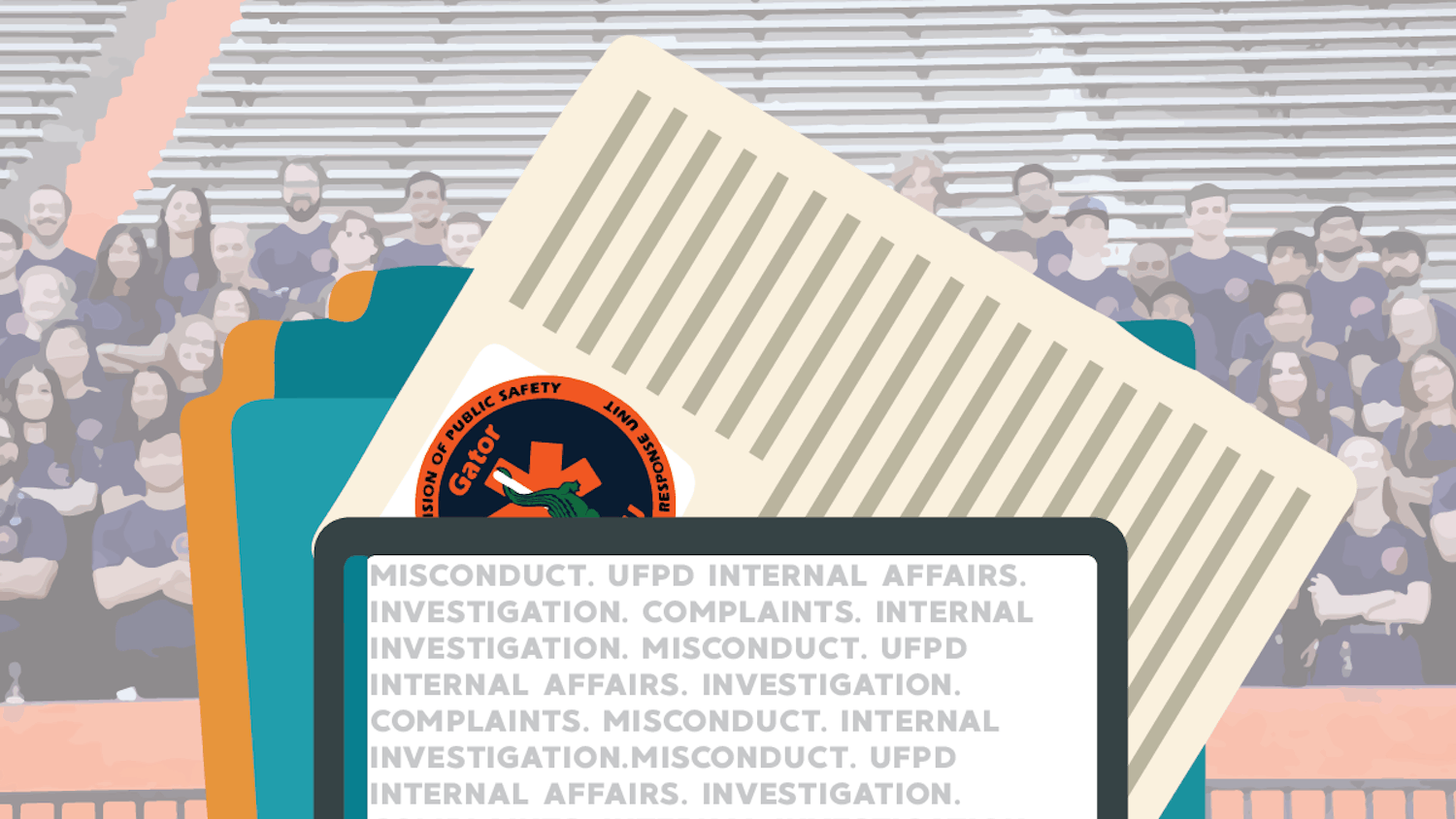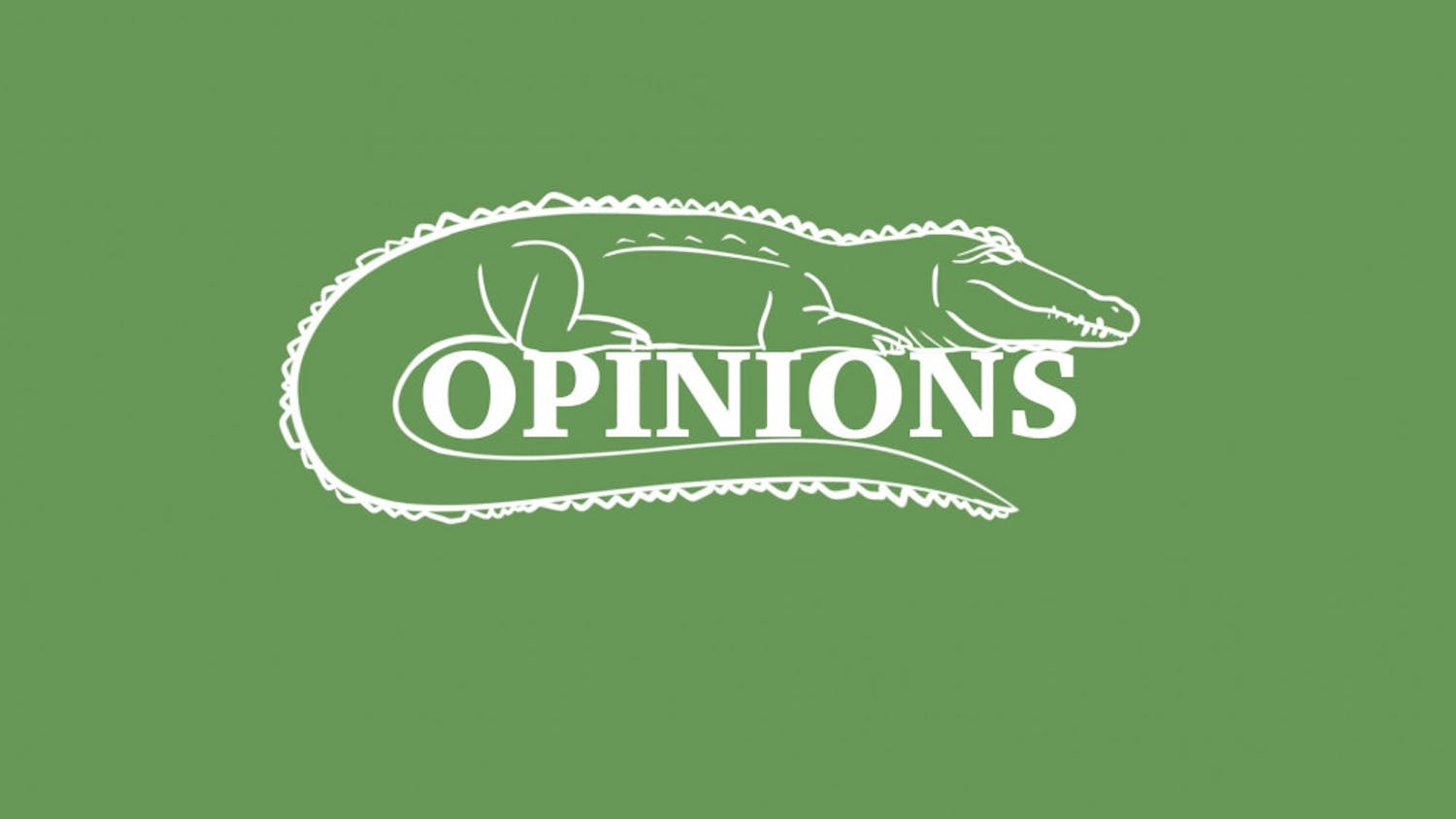As discussions of race and ethnicity permeate the coverage of the presidential elections and refugee crisis, it is clear many people remain unaware of the basic definitions that inform the conversation.
A lack of awareness of the definitions means many people think race and ethnicity are interchangeable. Many forms, including the one on UF’s health insurance waiver, only allow one choice of "ethnicity" — but it’s not really ethnicity, as it is asking for one’s race.
In many ways, such broad classifications don’t make sense. Particularly for Asian communities, it would make sense to split up the data by ethnicity, meaning the culture a person belongs to. Koreans may not feel like they belong to the same group as Chinese people. Some communities of Asians are better off than others. In the Latinx community, there are similar problems because distinct cultures are not recognized, well, distinctly.
Race, of course, is a social construction, but that doesn’t mean it’s not real. In the U.S., the definition of what it means to be American has changed over time. There was a time when Irish-Americans were not considered white. Although it may seem ridiculous now, they faced rampant discrimination. Many Irish-Americans, however, still retain a strong ethnic identity to this day.
While it’s easy to get confused by this terminology, here is a basic guideline: Both identity and how someone is perceived are important parts of who they are. So, that means even though you may perceive someone as white, he or she may identify with another race. Or, you might perceive someone as black, but he or she might also identify as Latinx.
Identity is a complex thing. A perceived ethnicity or race can cause someone to be exposed to microaggressions targeted at his or her identity. People might think it’s "safe" to say racist things because they don’t think a person of that race is within their midst.
Statements like "Hispanics are technically white," reveal a shallow understanding of the intersection of race and culture. That’s simply not the case. There are native Spanish speakers of all races.
The value of statistics is undisputed — it lets us see where problems lie and problems that may be affecting the population. Categories are necessary to group the data and make it more meaningful. If we removed racial and ethnic categories, it would show a distorted picture which ignores the effects of discrimination and lack of institutional power. But the categories should reflect how groups actually identify themselves.
Some who have traditionally been labeled as Hispanic are now rejecting the term in favor of the more inclusive Latinx, which includes countries which speak French, Spanish, or Portuguese in South and Central America and the Caribbean.
Saying acknowledging race causes division among us does not make it so. Judgments are still made on the basis of skin color and ethnicity. "We’re just one race — the human race!" No. To make that assertion is to erase the experience of racism many people of color face. While Bobby Jindal might think rejecting the label of "Indian-American" will make the U.S. more unified, it actually feeds a colorblind, racist ideology. America is still fractured due to race and the institutional power that comes with it. Broad-sweeping generalizations about race are still common and are considered "the truth" behind political correctness.
Nicole Dan is a UF political science sophomore. Her column appears on Mondays.





